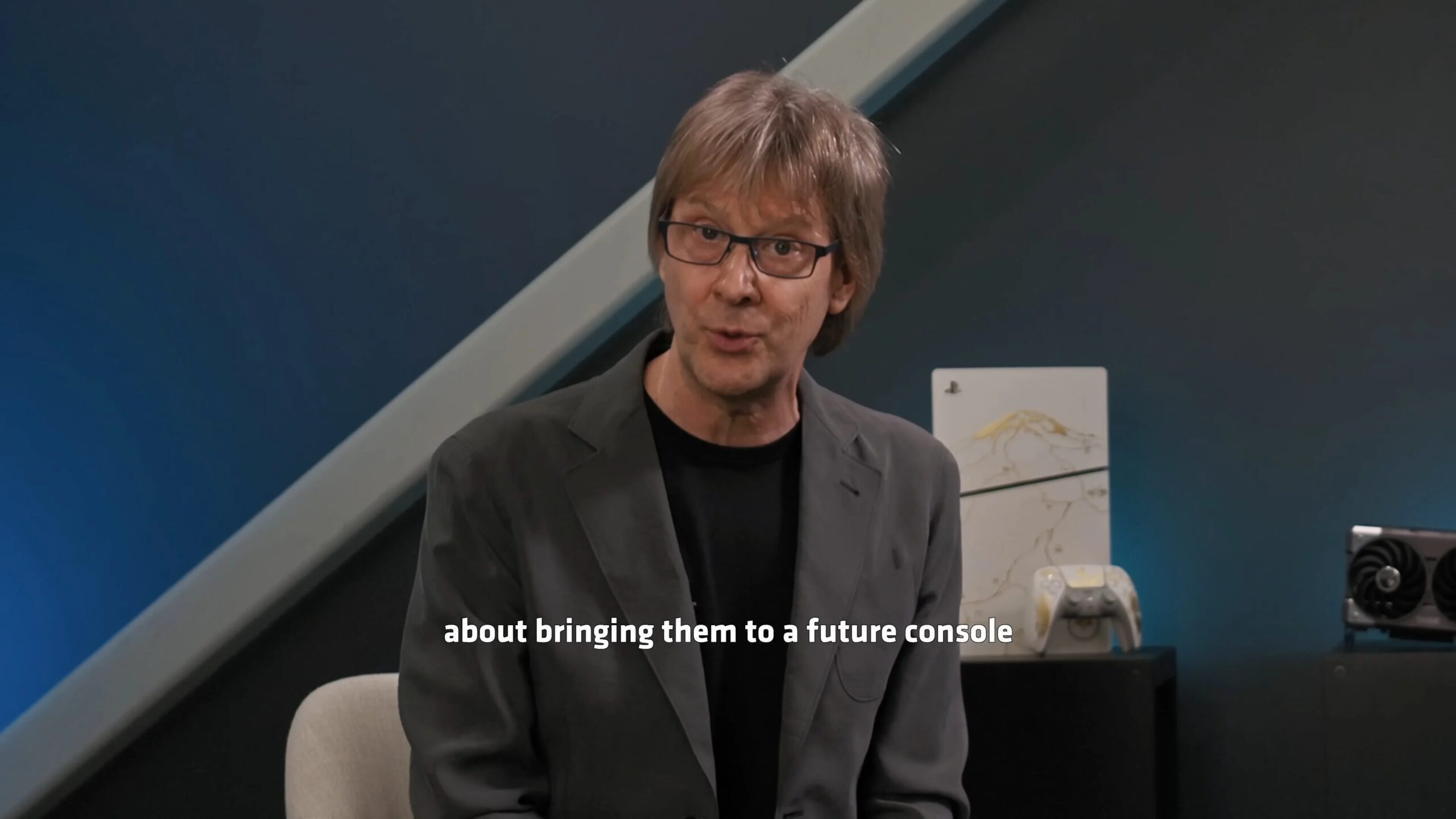Exploring Future Technologies in Gaming
In a recent discussion, Mark Cerny, the chief architect behind PlayStation 5, hinted at advancements that could pave the way for the next-generation console, potentially referred to as PlayStation 6. This revelation came during an official video on the PlayStation YouTube channel, where Cerny engaged with Jack Huynh, Senior Vice President and General Manager of AMD’s computing and graphics group.
Breakthrough Technologies from Project Amethyst
Titled Project Amethyst, this collaboration between Sony and AMD aims to leverage machine learning technologies to enhance graphics and gameplay. The video highlighted three pioneering breakthroughs that may significantly impact the gaming industry.
The Three Innovations
- Neural Arrays: These are designed to alleviate the demands on GPUs caused by existing upscaling technologies such as FSR and PSSR. Huynh explained that instead of operating independently, compute units are enabled to collaborate, sharing data and processing tasks like a single, integrated AI engine. According to Cerny, the capacity to process substantial sections of the screen simultaneously will revolutionize upscaling and denoising technologies in the next console generation.
- Radiance Cores: This innovation aims to reduce the GPU burden during ray tracing by rethinking the entire path tracing pipeline. They represent a dedicated hardware block for unified light transport, facilitating real-time handling of ray and path tracing. Huynh noted that Radiance Cores manage ray traversal, one of the most computationally intensive aspects, thereby freeing up CPU resources for geometry and simulation tasks while allowing GPUs to excel in shading and lighting.
- Universal Compression: This breakthrough addresses the challenge of GPU memory bandwidth limitations that impede the handling of 4K textures and ray tracing maps. Huynh described it as a system that comprehensively evaluates all data sent to memory, compressing it whenever possible. This leads to a significant reduction in memory bandwidth usage, enabling GPUs to deliver heightened detail, improved frame rates, and efficiency.
A Glimpse into the Future
Cerny emphasized the numerous advantages brought about by these technologies, mentioning lower power consumption and higher fidelity assets. He notably highlighted the synergistic effects of Universal Compression with Neural Arrays and Radiance Cores, which collectively aim to optimize gaming experiences.
Perhaps most interestingly, Huynh indicated that these advancements may extend beyond a future console, with their goal being to make the innovations available to developers across all gaming platforms. “It’s not just about silicon,” he remarked. “It’s about empowering the creators and communities that define gaming.”
Implications for the Industry
This conversation unfolds against a backdrop of ongoing industry partnerships, such as the strategic agreement that Xbox recently announced with AMD. This multi-year collaboration aims to engineer silicon across various devices, including upcoming consoles, suggesting that elements of the technological advancements discussed in the video might be incorporated into future Microsoft consoles as well.
As Cerny concluded, the rollout of these technologies is still in its infancy, existing primarily in simulation, yet the potential they present is exceptionally promising for the gaming landscape in the years ahead.




